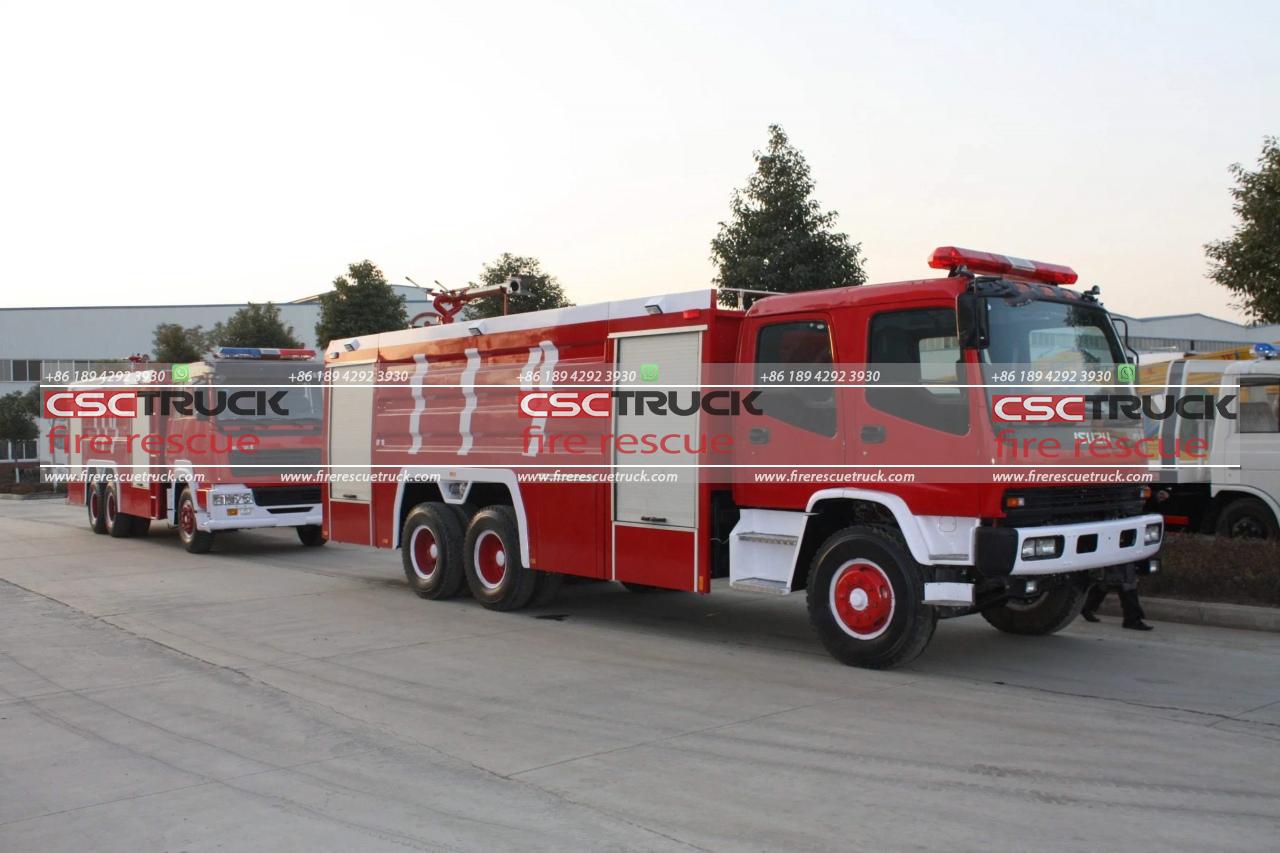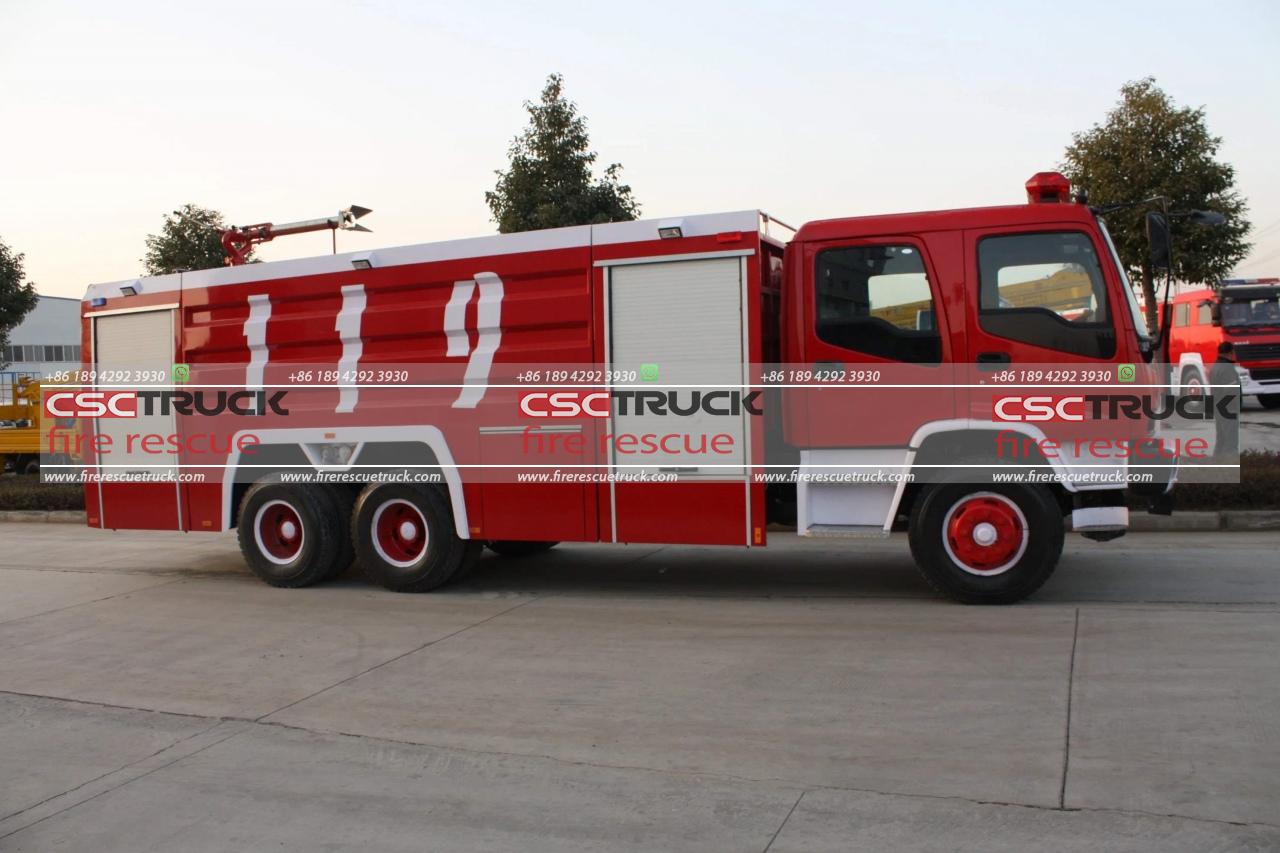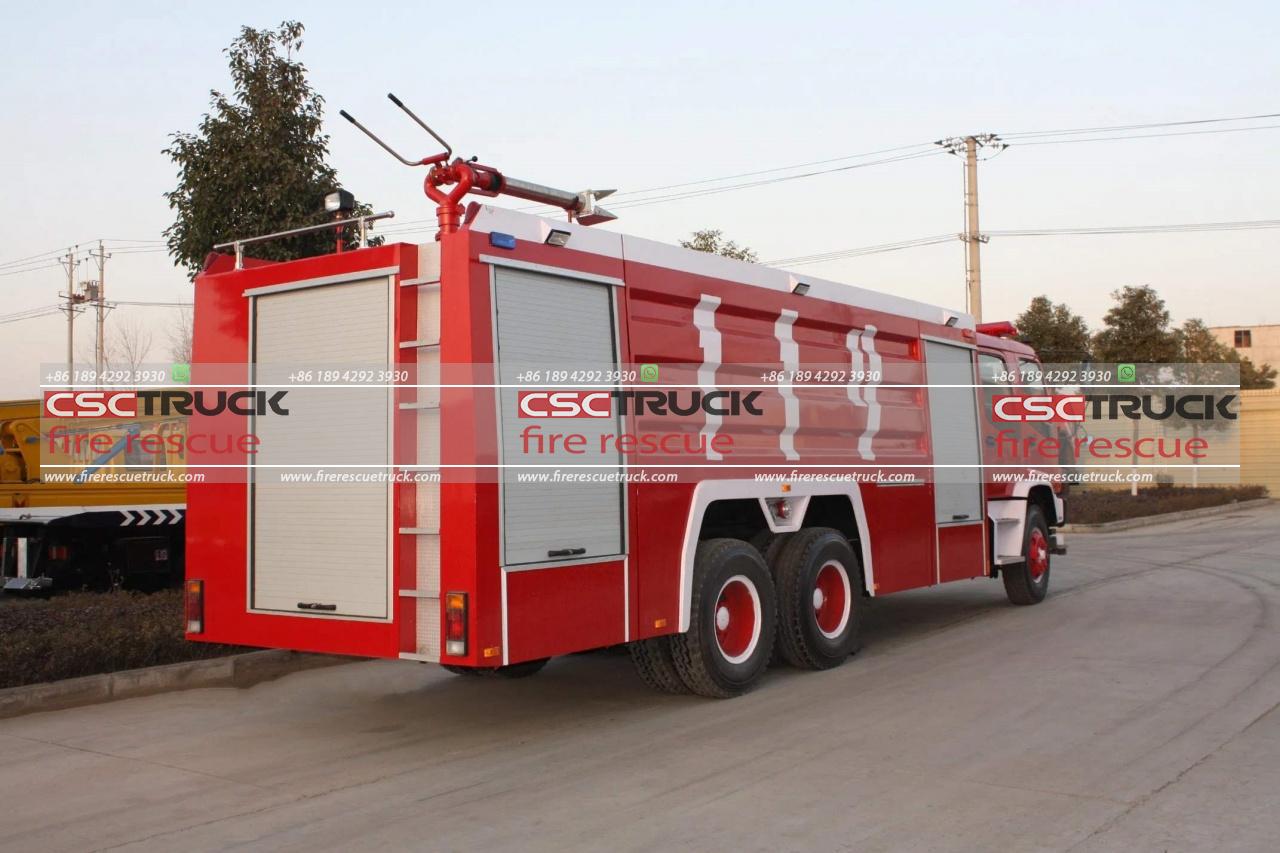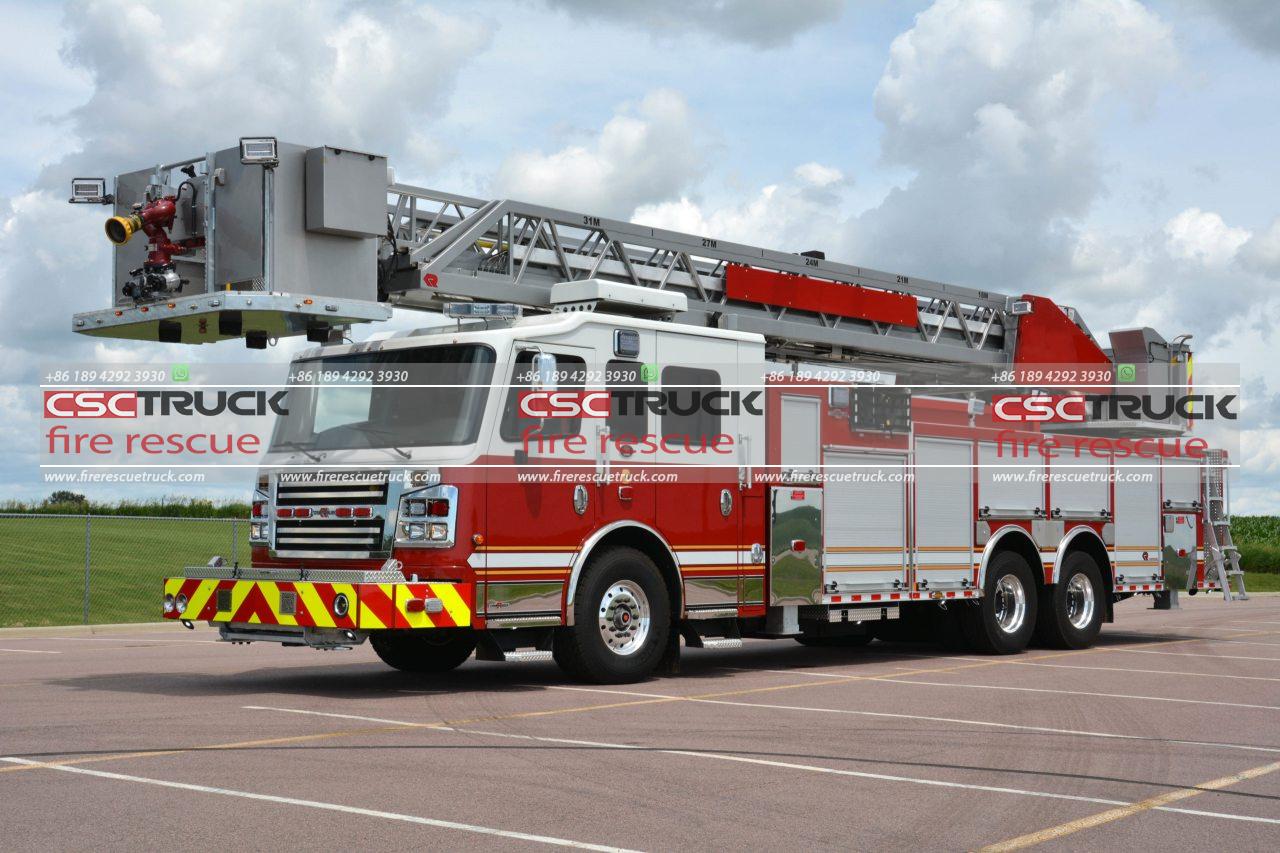What is the Most Common Fire Truck?
Fire trucks, often referred to as fire engines, are an essential component of emergency services, designed to combat fires, rescue individuals, and provide medical assistance. Among the various types of fire trucks used globally, the most common ones tend to vary depending on the region and specific needs of the fire departments. However, one fire truck type stands out as a staple in many fire departments: the pumper truck.
Understanding the Pumper Truck
The pumper truck, also known as a fire engine or fire pumper, is the quintessential fire truck most people envision. Its primary role is to transport firefighters and their equipment to the scene of a fire, supply water to extinguish the blaze, and often assist with rescue operations.

Key Features of a Pumper Truck
1. Water Pump: The defining feature of a pumper truck is its powerful water pump, which can deliver high volumes of water to the fire. These pumps are capable of drawing water from various sources, including fire hydrants, lakes, or tanks mounted on the truck itself. Most pumper trucks are equipped with centrifugal pumps that can achieve pressures ranging from 150 to 250 psi (pounds per square inch), though some can go higher.
2. Water Tank: A pumper truck usually has an onboard water tank that can hold between 500 and 1,000 gallons of water. This allows the fire truck to begin fighting fires immediately, even if a hydrant is not immediately accessible.
3. Hoses and Nozzles: Fire engines come with an array of hoses and nozzles for different types of fires and scenarios. They are designed to deliver water at varying pressures and volumes. The hoses are often stored on reels or in compartments, making them easily accessible.
4. Firefighting Equipment: In addition to water and hoses, pumper trucks are equipped with a variety of firefighting tools and equipment, including ladders, axes, and thermal imaging cameras. These tools aid in both fighting the fire and performing rescues.
5. Crew Cab: The front of the pumper truck is designed to carry a crew of firefighters. Depending on the truck, it can accommodate between 2 and 6 firefighters. The cab is often equipped with communication systems to ensure coordination with dispatch and other emergency services.
Variations and Adaptations
While the pumper truck is the most common fire truck, there are various adaptations and specialized versions that address specific needs:
1. Type 1 and Type 3 Pumpers: In the United States, fire trucks are often classified into types based on their size and capabilities. Type 1 pumpers are the most robust, with large water tanks and powerful pumps, making them ideal for urban environments. Type 3 pumpers are more compact, designed for rural areas with rough terrain, and often have enhanced off-road capabilities.
2. Medium-Duty Pumpers: Some fire departments use medium-duty pumpers for a balance between size and functionality. These trucks are versatile and can navigate both urban and suburban settings effectively.
3. Custom and Commercial Models: Pumper trucks can be customized to meet specific needs, such as adding specialized equipment for hazardous materials or emergency medical services. They can be built on commercial chassis or custom-designed for unique applications.

The Role of the Pumper Truck in Modern Firefighting
The role of the pumper truck in modern firefighting is crucial. It serves as the primary means of delivering water to a fire, which is the most direct method of extinguishing flames. Beyond firefighting, pumper trucks play a vital role in:
– Rescue Operations: Equipped with tools and medical supplies, pumper trucks assist in rescuing individuals from dangerous situations, including vehicle accidents and structural collapses.
– Fire Prevention: Many pumper trucks are used for community outreach and education, helping to promote fire safety and prevention techniques.
Challenges and Innovations
Despite their effectiveness, pumper trucks face several challenges:
1. Maintenance and Reliability: The high demands placed on pumper trucks mean that regular maintenance is crucial to ensure they are always operational. Mechanical failures or maintenance issues can significantly impact response times and effectiveness.
2. Cost: Pumper trucks are expensive, with costs varying based on their size, features, and customization. The financial burden on fire departments, especially in smaller or underfunded areas, can be substantial.
3. Technological Advancements: As technology evolves, pumper trucks are incorporating advanced features such as computerized pump controls, GPS systems, and enhanced communication tools. These innovations improve their efficiency and effectiveness but can also increase costs and require additional training for firefighters.

Conclusion
The pumper truck stands out as the most common and versatile type of fire truck. Its essential role in transporting water, equipment, and personnel to fire scenes makes it a cornerstone of fire departments worldwide. While there are various adaptations and specialized versions, the core functions of the pumper truck—delivering water, providing rescue capabilities, and aiding in fire prevention—remain crucial in the fight against fires and emergencies.
As technology advances and firefighting needs evolve, the pumper truck continues to adapt, ensuring it remains an indispensable tool for protecting lives and property. Whether in bustling cities or rural communities, the pumper truck’s combination of reliability, functionality, and adaptability makes it the most common and essential fire truck in use today.







